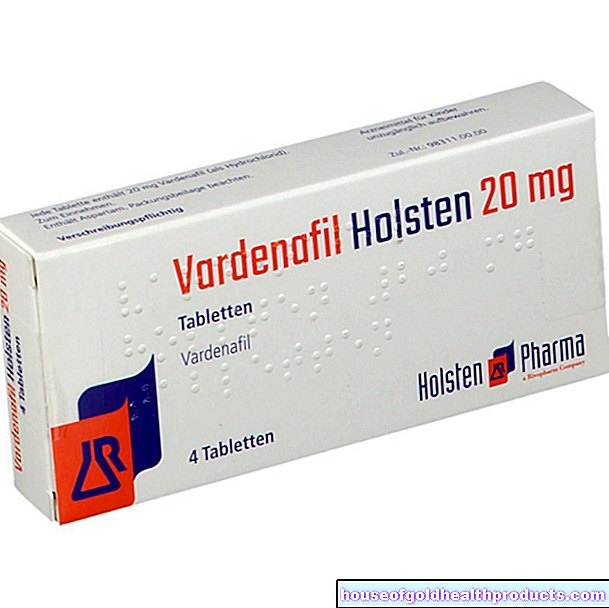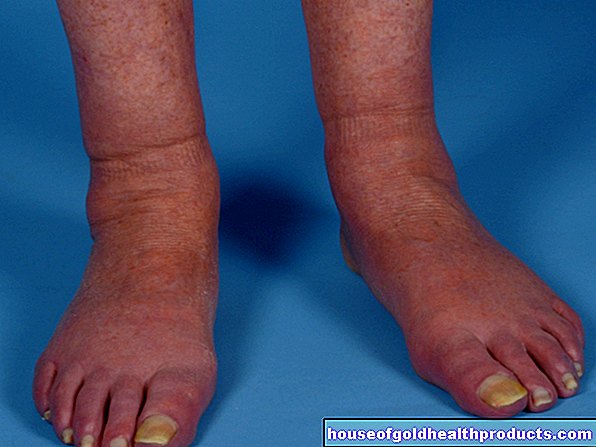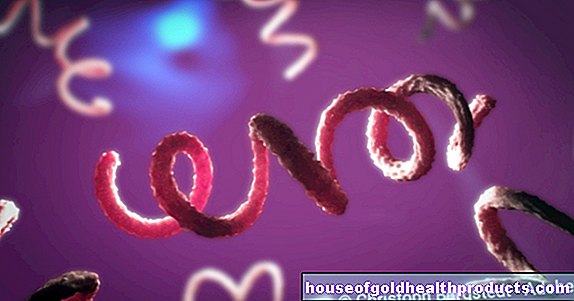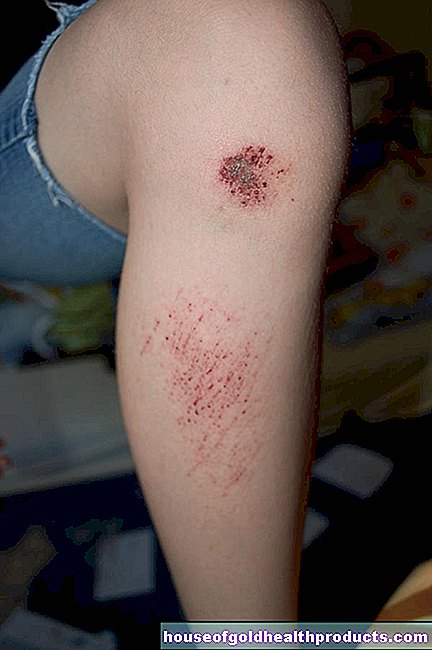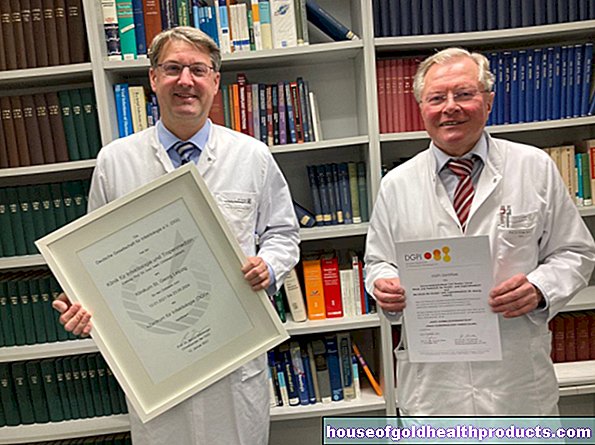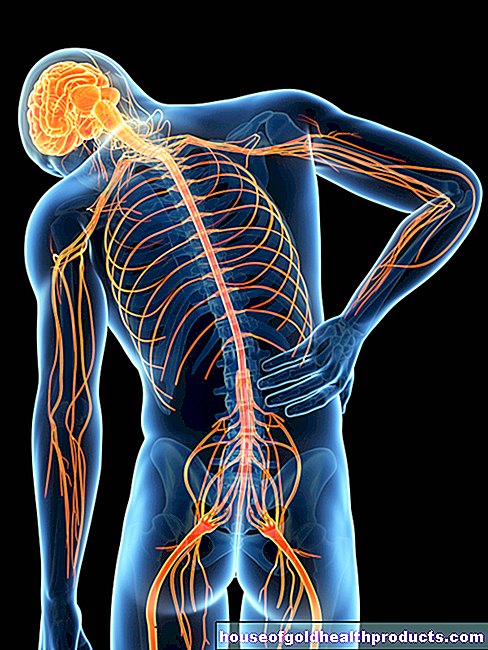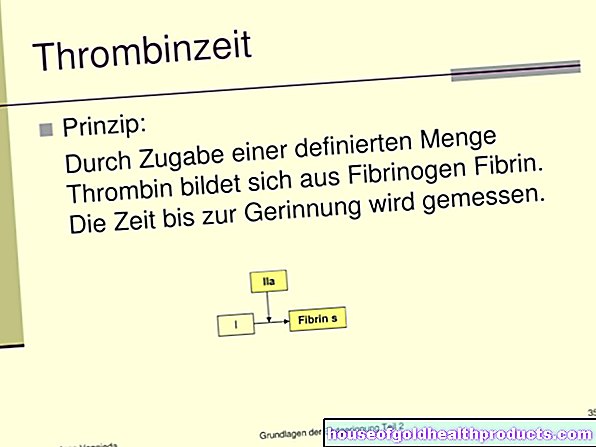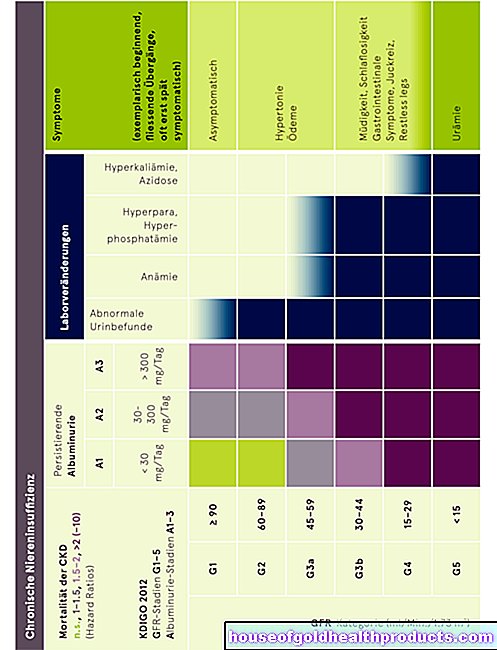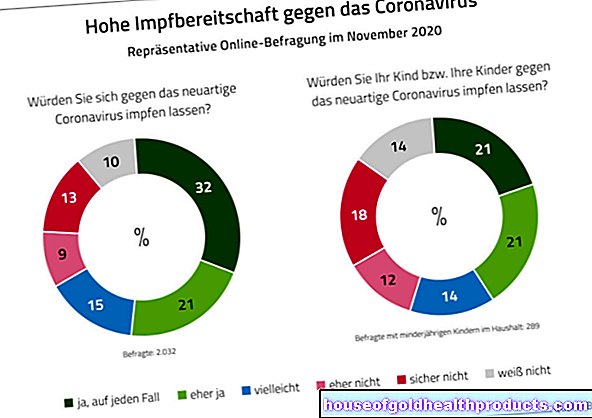Electric shocks for skin cancer
All content is checked by medical journalists.Skin cancer on the face is particularly problematic. Often it cannot be removed sufficiently with a scalpel without parts of the nose, mouth or eyes being severely impaired - both visually and in terms of function.Radiation therapy can also make wounds that would not be tolerable on the face. An alternative could be electrotherapy, which makes the tumors susceptible to the subsequent chemotherapy - and protects the surrounding tissue.
The high electrical voltage of electrotherapy causes the cell membranes of the tumor cells to become more permeable. This allows the chemotherapy drugs to penetrate better and destroy the cancer cells. An Italian study has now examined how well this works. The scientists recruited 105 patients with skin cancer of the face or neck for whom surgery and radiation treatment would not have been an option.
About half of them had squamous cell carcinoma, one third had basal cell carcinoma, ten suffered from the particularly feared malignant melanoma, and eleven others had developed other types of tumor.
Electric shock to the tumor
First of all, the participants received chemotherapy, immediately afterwards electric pulses of 1,000 to 1,300 volts were passed into the tumors via needles or electrodes. For those 19 participants who did not have any effect on the first run, the treatment was carried out a second time.
After two months, the therapy had worked very well for many: in almost two thirds of the patients (62 percent) the tumor disappeared completely, in another 15 percent it had at least shrunk. It fits in with the fact that, according to a subsequent survey, the participants mostly had significantly improved quality of life and, in particular, the proportion of patients who suffered from severe pain had declined significantly.
Cured ulcers
How well the tumors responded to treatment depended on a number of factors. The combination therapy of drugs and electrical voltage worked best for participants with basal cell carcinoma: In 99 percent of them, the tumor had completely disappeared afterwards. In the test subjects with malignant melanoma and squamous cell carcinoma, this was still the case in 55 percent.
The therapy also worked:
- better for smaller tumors (less than three centimeters in diameter) than for larger ones.
- better with new tumors than with returning ulcers or metastases.
- better in those patients for whom this was the first treatment.
Skin changes
The main side effects were ulcers but also other skin changes and irritations. However, one of the participants also died as a result of septic shock apparently caused by the treatment. Five more died of her illness within eight weeks before the therapy could take effect. Your data was not included in the study.
The researchers followed the participants' health status for a year. In 62 patients, the cancer had completely disappeared as a result of the treatment, but in ten of them it returned before the end of the year. At the end of the one-year observation period, three quarters of the remaining 99 study participants were still alive. (cf)
Giulia Bertino et al .: European Research on Electrochemotherapy in Head and Neck Cancer (EURECA) project: Results of the treatment of skin cancer, European Journal of Camcer, August 2016 Volume 63, Pages 41–52
Tags: healthy workplace sleep medicinal herbal home remedies
